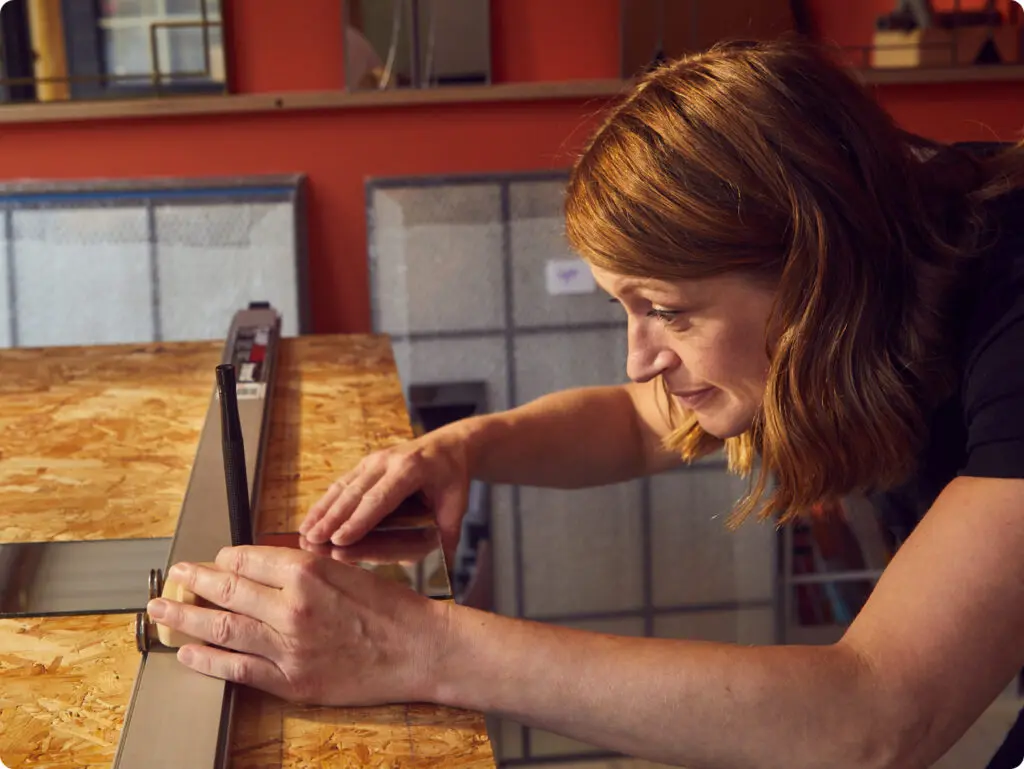Portfolio Websites for Creatives

Online portfolios are more than just a trendy way to grab attention. For a growing number of professionals, they’re a must-have for success. It’s your platform to tell your story, describe your motivations and show off your talents — connecting you with a potentially huge global audience. Good news, then, that it’s so easy to create a stunning portfolio with tools like Website Builder. The hard work of getting online is done for you. And that means you have more time to focus on the great work you’re already doing. Gone are the days when creative individuals would lug around cumbersome portfolios, briefcase in the one hand, Filofax in the other. Having an online portfolio allows people from all over the world to learn all about you, opening the doors to new opportunities and collaborations. Artists and artisans, writers and designers, photographers and architects — such roles have always had a need. But in the digital age, multimedia websites cast the net wider for professionals showcasing online portfolios. ❝Multimedia websites cast the net wider for professionals showcasing online portfolios.❞ Thousands of gigabytes of images, days of music and video, entire libraries of ebooks, interactive presentations, and every other sort of downloadable — putting it online means you can show what you’ve got in all sorts of ways. Social media channels tend to be restricted when it comes to what you can and can’t share. A professional portfolio website shows how serious you are about your work and gives you full control over your brand identity. Videographers and animators can showcase visual storytelling. Podcasters, musicians, and voice-over artists can play audio of their performances. Game designers offer demos, software designers can share code snippets and apps. The Essentials of a Portfolio Website Your domain A well-crafted online portfolio will always feature a few essential elements. The first step is getting your own domain name. True, there are ways of getting your portfolio out there without your own web address. But having a domain name all of your own lends unmatched professionalism and credibility. Plus, it can make it easier for potential clients or employers to find you. 123 Reg is a domain registrar that offers hundreds of extensions, from the traditional “dot coms” to more inventive and original choices. With over 400 extensions to choose from, it’s easy to find a memorable name with a suffix to suit your portfolio. You’ll find thousands of the UK’s cheapest domains — and you might just be surprised to see how affordable a great domain name can be. Explore domains to find the perfect online address for your portfolio Your Homepage Your homepage needs to show visitors who you are and what you do. Within industries saturated with talent, a distinctive homepage will set you apart. A strong start, with clear images or a short video, can grab attention. Keep your message simple so visitors get your expertise right away. A one-page homepage portfolio can be a great choice for freelancers, solopreneurs, and side hustlers who want a more focused impact. Visitors can learn most of what they need to know at a glance if it’s done in a smart way. Less is more. But for others, just the one page won’t do the trick. Depending on your field, you may prefer separate sections to show off a wider range of projects, offering a full sense of expertise. About You Introduce who you are and your background. Give a glimpse of what inspires and motivates you — why you’re passionate about what you do. While a personal touch can make all the difference, it’s usually not the best idea to place a lengthy bio right there on your homepage. Consider a link to a dedicated page. Your Showcase The heart of your portfolio website. This is where you’ll display your best work for the world to see. How you do so depends on the type of work you do, but you’ll want to convey a sense of your work immediately. Choose a digest of those works that represent you best. Remember to keep it visually engaging and easy to navigate. If you’re going for a multi-page portfolio site, make sure it’s easy for visitors to find and explore everything fast. The showcase is the most important part of your portfolio site, so we’ll cover more on this as we move on. Contact Info Make it easy for potential clients or employers to reach out to you. If you’d rather not put your personal email address out there on public display with everything else in your portfolio, one option is to use an on-page contact form. Another would be to get your own custom email address (@ your-portfolio-website.com) for an added dash of professionalism. Learn more about getting a custom professional email address Beyond the essentials, there are a number of different elements you can incorporate into a portfolio to give it that added edge. These can boost your ability to engage with visitors and convince potential clients or employers of your skill and expertise. For instance: ✓ Testimonials and Reviews Adding testimonials or reviews boosts your portfolio’s credibility, providing social proof of your skills and professionalism. These endorsements help build trust with potential clients or employers. ✓ Case Studies Case studies delve deep into your projects, detailing goals, your role, and how you achieved success. This analysis showcases your problem-solving abilities and highlights your contributions to project outcomes. ✓ Your Blog A blog alongside your portfolio website lets you share insights, updates, and industry news. Dynamic content like this keeps your site fresh so that you’re showcasing your expertise and thought leadership, as well as your work. ✓ Your CV A CV/résumé will certainly give visitors a better overview of your professional and educational background. While employers and head-hunters might like to see it, you may not want to put this out there for the public to see, for obvious reasons. If you choose to, be